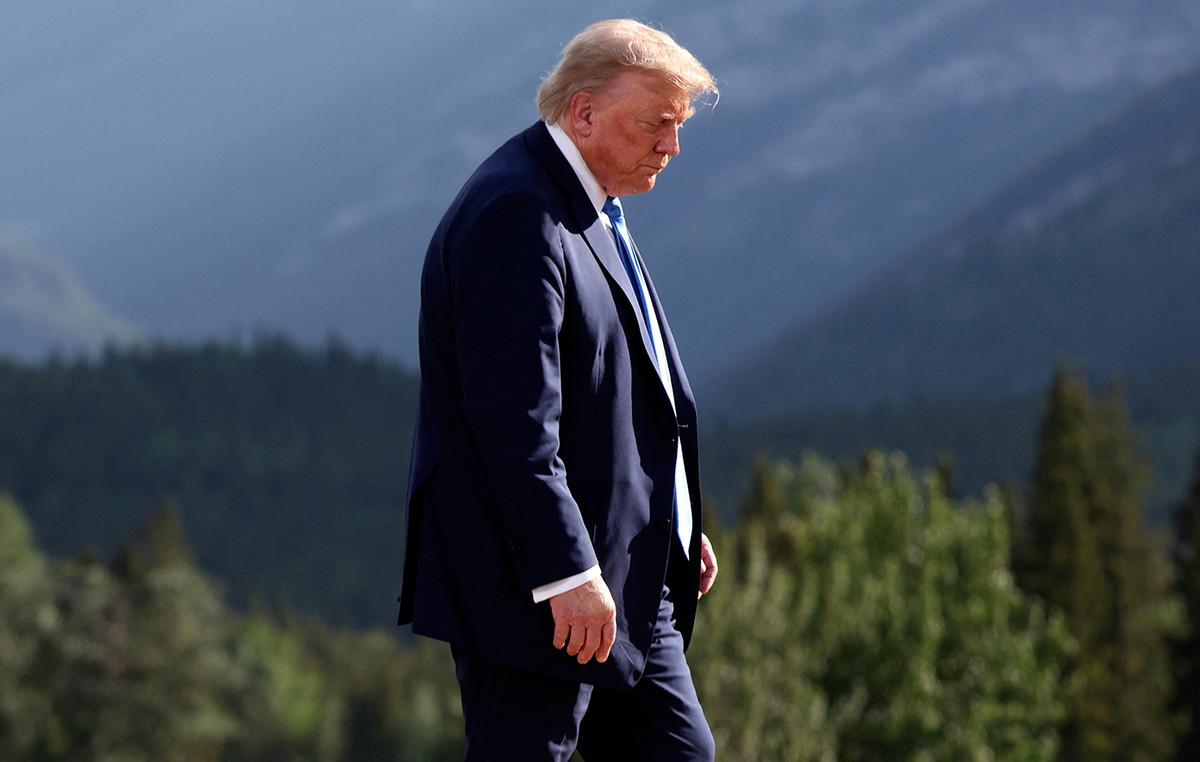- Core CPI and headline CPI rose more than expected in February.
- Despite rising inflation, weak labor market data released last Friday appears to limit the dollar's gains.
- Expectations continue to indicate that the interest rate relaxation cycle will begin in June.
Currently, the US Dollar Index (DXY) it is trading slightly higher, at 103.05. Despite the high figures for the US Consumer Price Index (CPI), the DXY remains close to its December lows.
After the US labor market showed mixed numbers for February, the high CPI numbers failed to trigger big changes in expectations. Markets continue to expect 75 basis points of easing in 2024 from the Federal Reserve (Fed) starting in June.
Daily summary of market movements: DXY gains ground thanks to good CPI numbers
- In February, US inflation, measured by the Consumer Price Index (CPI), rose 3.2% annually, up from 3.1% in January.
- The annual core CPI, which excludes food and energy price volatility, also saw an increase, standing at 3.8% in February. However, it was below the 3.9% in January.
- US Treasury yields are rising, with the 2-year yield at 4.60%, the 5-year yield at 4.14%, and the 10-year yield at 4.15%.
DXY Technical Analysis: DXY Bulls Enter the Scene, Outlook Remains Negative
The technical outlook shows a bullish climb. The continued rally highlighted by the Relative Strength Index (RSI) portrays more pronounced buying momentum despite being in negative territory, indicative of a potential bullish market reversal. This, combined with the declining red Moving Average Convergence Divergence (MACD) bars, suggests that selling pressure is modestly easing.
However, the dynamics change when viewed from a broader context, where the DXY is still below the 20-, 100-, and 200-day simple moving averages (SMA). This placement reflects that the bears have been exhaustively active in dominating the market, putting sustained bearish pressure on the DXY, which brought the DXY to December lows.
US Dollar FAQ
What is the US Dollar?
The United States Dollar (USD) is the official currency of the United States of America, and the “de facto” currency of a significant number of other countries where it is in circulation alongside local banknotes. According to 2022 data, it is the most traded currency in the world, with more than 88% of all global currency exchange operations, equivalent to an average of $6.6 trillion in daily transactions.
After World War II, the USD took over from the pound sterling as the world's reserve currency.
How do the decisions of the Federal Reserve affect the Dollar?
The single most important factor influencing the value of the US Dollar is monetary policy, which is determined by the Federal Reserve (Fed). The Fed has two mandates: achieve price stability (control inflation) and promote full employment. Your main tool to achieve these two objectives is to adjust interest rates.
When prices rise too quickly and inflation exceeds the 2% target set by the Fed, the Fed raises rates, which favors the price of the dollar. When Inflation falls below 2% or the unemployment rate is too high, the Fed can lower interest rates, which weighs on the Dollar.
What is Quantitative Easing and how does it influence the Dollar?
In extreme situations, the Federal Reserve can also print more dollars and enact quantitative easing (QE). QE is the process by which the Fed substantially increases the flow of credit into a clogged financial system. This is an unconventional policy measure used when credit has dried up because banks do not lend to each other (for fear of counterparty default). It is a last resort when a simple lowering of interest rates is unlikely to achieve the necessary result. It was the Fed's weapon of choice to combat the credit crunch that occurred during the Great Financial Crisis of 2008. It involves the Fed printing more dollars and using them to buy US government bonds, primarily from financial institutions. QE usually leads to a weakening of the US Dollar.
What is quantitative tightening and how does it influence the US dollar?
Quantitative tightening (QT) is the reverse process by which the Federal Reserve stops purchasing bonds from financial institutions and does not reinvest the principal of maturing portfolio securities in new purchases. It is usually positive for the US dollar.
Source: Fx Street
I am Joshua Winder, a senior-level journalist and editor at World Stock Market. I specialize in covering news related to the stock market and economic trends. With more than 8 years of experience in this field, I have become an expert in financial reporting.







